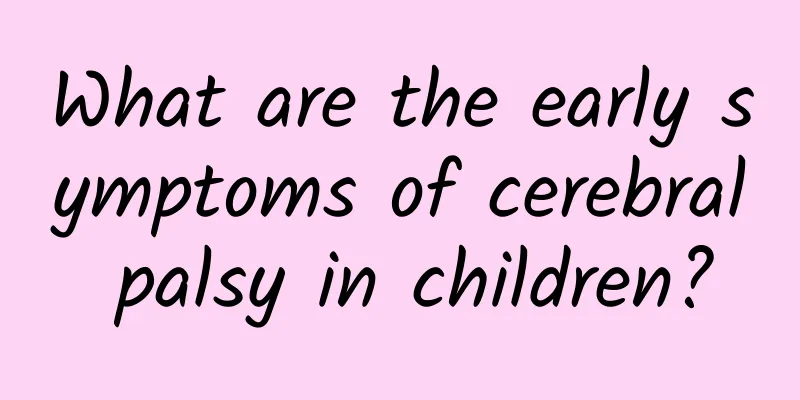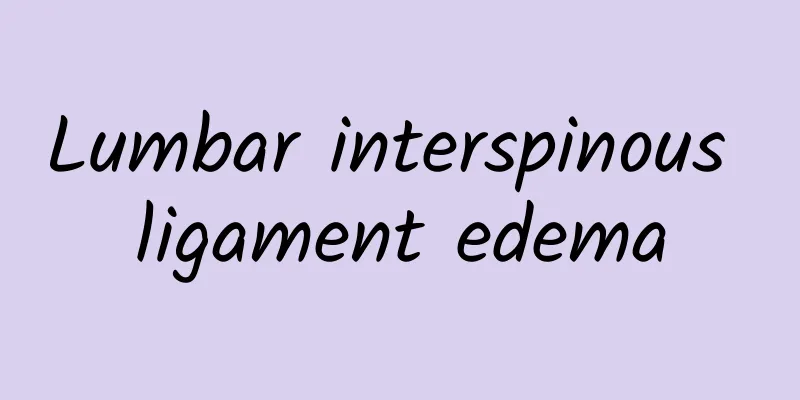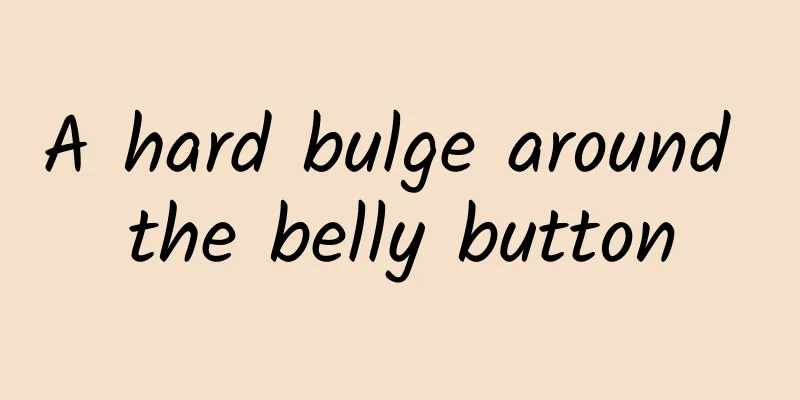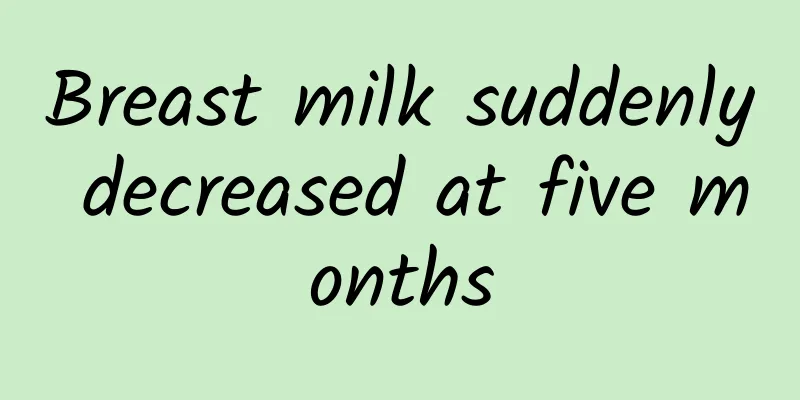What are the early symptoms of cerebral palsy in children?

|
If we want to improve the treatment effect of cerebral palsy, we must pay attention to early detection and early treatment measures. We should pay attention to recognizing the early symptoms of cerebral palsy in children, such as his spontaneous movements, facial expressions, and body coordination, etc. These are the focus of observation. 1. Body weakness and decreased spontaneous movements are symptoms of hypotonia and can be seen in one month. If it persists for more than 4 months, it may be diagnosed as severe brain damage, mental retardation or muscle system disease. 2. Not smiling: If a child cannot smile at 2 months or laugh out loud at 4 months, he or she may be diagnosed with mental retardation. 3. Body torsion: If a 3-4 month old baby has body torsion, it often indicates extrapyramidal system damage. 4. Strabismus: If a 3-4 month old baby has strabismus and poor eye movement, it may indicate the presence of brain damage. 5. Fist: If the fist cannot be opened at 4 months, or the thumb is adducted, especially on one upper limb, it has important diagnostic significance. 6. The body becomes stiff . This is a symptom of hypertonia and can be seen in one month. If it persists for more than 4 months, it can be diagnosed as cerebral palsy. 7. Head instability: If a baby cannot lift his head while lying prone at 4 months old or cannot keep his head upright while sitting, it is often an important sign of brain damage. 8. Unable to reach out and grasp objects : If the child is unable to reach out and grasp objects at 4-5 months, it can be diagnosed as mental retardation or cerebral palsy. 9. Slow reaction and no response when the name is called are early manifestations of mental retardation. It is generally believed that slow reaction at 4 months and no response when the name is called at 6 months can be diagnosed as mental retardation. 10. Abnormal head circumference : Head circumference is an objective indicator of the morphological development of the brain. Children with brain damage often have abnormal head circumference. 11. Poor weight gain and inability to breastfeed. 12. Fixed posture is often caused by abnormal muscle tone due to brain damage, such as opisthotonos, frog position, inverted U-shaped posture, etc. It can be seen one month after birth. 13. Staring at hands: If the problem persists after 6 months, it may be considered as mental retardation. |
<<: How to care for ruptured brain tumor bleeding
>>: What are the clinical manifestations of coronary atherosclerotic plaques?
Recommend
Symptoms of sudden death from heart disease, be careful of these signs!
Heart disease has always troubled many people. He...
What Chinese medicine should I take for hot flashes and night sweats?
We all know that middle-aged and elderly people o...
Medicinal value of Copper Hammer Jade Belt Grass
The copper hammer jade belt grass is also called ...
Symptoms of frozen shoulder, how to diagnose frozen shoulder?
The most common symptom of patients with periarth...
What to do if your mouth is crooked due to a stroke
Stroke is a common disease. The incidence rate of...
Hepatitis B negative grass
Children who have lived in rural areas know that ...
Children sweating while sleeping at night
Because children are young, most of them sleep wi...
How long should I rest after a kidney contusion?
Renal contusion and rupture are symptoms caused b...
How long does it take to eliminate dry drowning?
Dry drowning is relatively rare in daily life and...
The difference between B-ultrasound and color ultrasound
Color ultrasound is a further development of B-ul...
What causes black, dry and hard stools?
If the stool is black, dry and hard, you should p...
Cancer cell spread
When it comes to cancer, many people are afraid i...
What are the side effects of laser leg hair removal?
Everyone's body may encounter some defects, b...
Desensitization treatment of urticaria
Especially in spring, willow catkins on the trees...
Extra small condoms
During sexual intercourse, if both parties are no...









